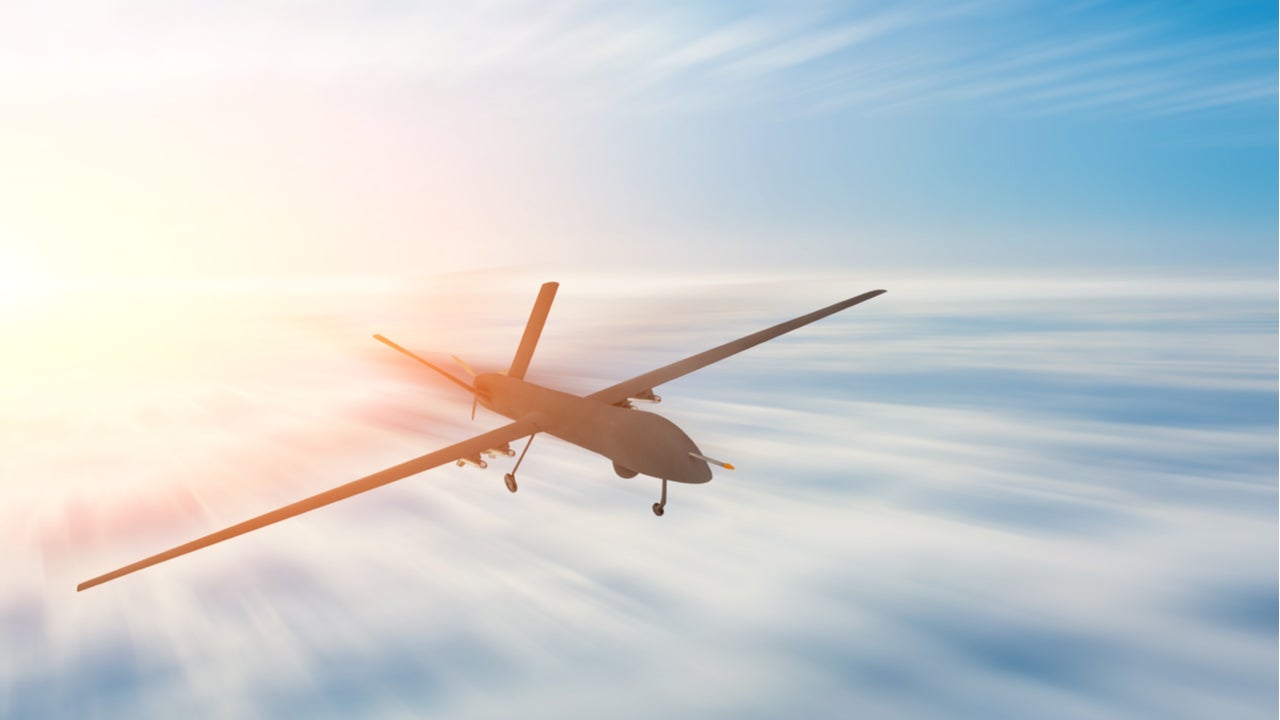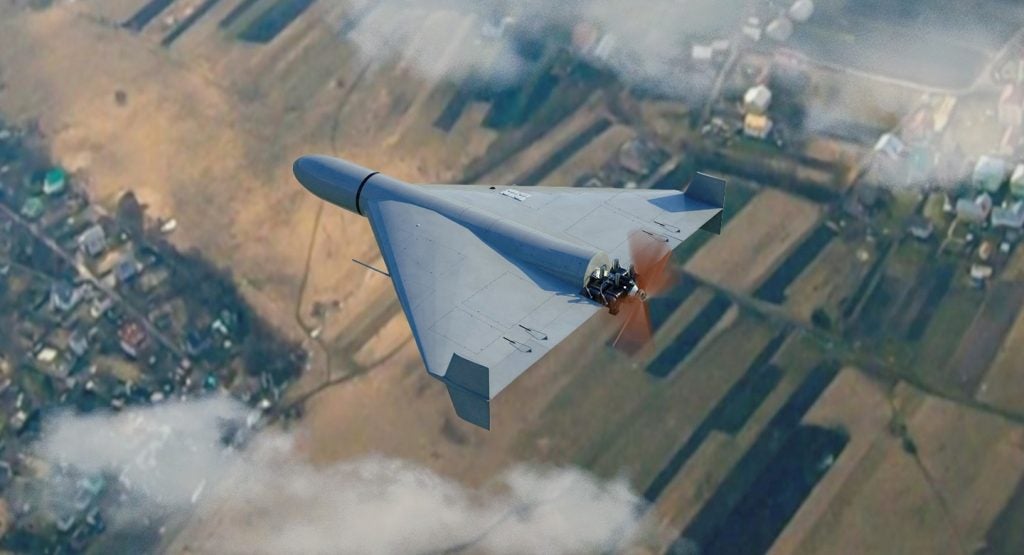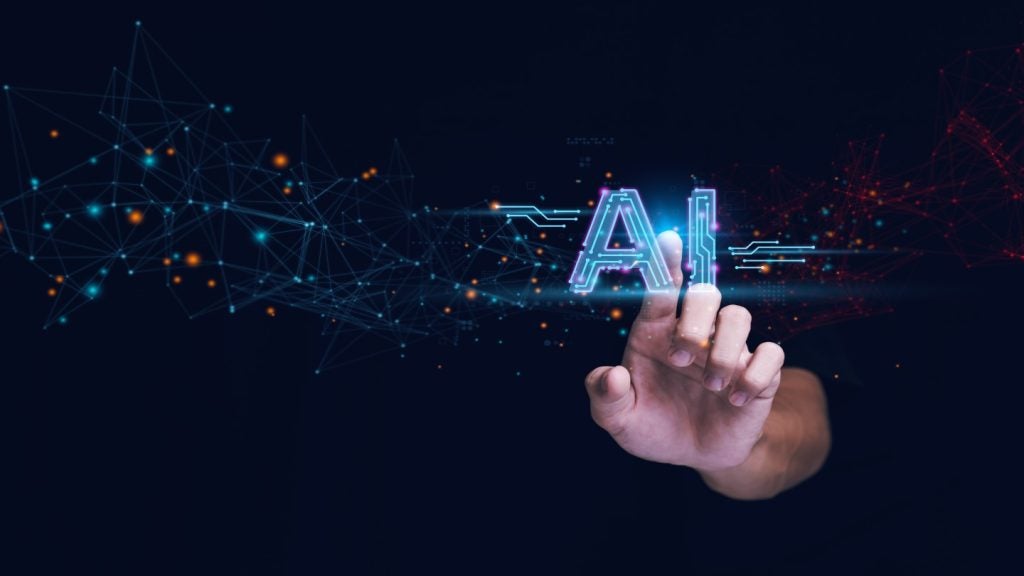The opportunities available to defence vendors that can harness the power of big data are clear and wide-ranging, but it is not a one-size-fits-all solution and businesses need to tailor their approach to their own specific requirements and use cases.
Technology Trends
Listed below are the key technology trends impacting the big data theme, as identified by GlobalData.
Artificial Intelligence (AI)
The Department of Defense in the US has made overtures towards the large tech companies in the US. It is likely the large US tech companies will come under more pressure to assist the government in AI development because the Chinese government is seeking to become a self-sustaining leader in the field.
Cloud computing
The significance of cloud computing to defence is growing because of the amount of data being produced by military equipment. Furthermore, the cloud reduces the need for IT systems support and infrastructure, and provides significant scalability. The UK government announced it has adopted a ‘cloud-first’ approach in regards to defence. Improving security on all connected devices will be a major focus for future implementation of cloud computing software and big data integration.
Edge computing
Specific use cases of edge computing include the maintenance of data processing and analytics close to points of collection. The growth of edge computing is therefore closely associated with the Internet of Things (IoT). The deployment of 5G cellular technologies will be a major stimulus for both IoT and edge computing.
Quantum computing
The race to reach quantum supremacy is well underway, with Google, IBM, and Microsoft leading the pack. IBM unveiled the first quantum computer designed for commercial use, the Q System One, in March 2019. AI, and particularly machine learning (ML), stands to benefit, as quantum computers should be able to complete extremely complex calculations. For effort-intensive AI chores such as classification, regression, and clustering, quantum computing could open up new realms of performance and scale.
How well do you really know your competitors?
Access the most comprehensive Company Profiles on the market, powered by GlobalData. Save hours of research. Gain competitive edge.

Thank you!
Your download email will arrive shortly
Not ready to buy yet? Download a free sample
We are confident about the unique quality of our Company Profiles. However, we want you to make the most beneficial decision for your business, so we offer a free sample that you can download by submitting the below form
By GlobalDataQuantum speedup
For AI to truly deliver on tough problems such as the real-time optimisation of a complex supply chain, new hardware will be required. Quantum computers can solve multiple problems in parallel. This can greatly speed up key facets of ML, such as reinforcement learning, as the computer can probe a much larger number of “possibilities” in determining a course of action that leads to a reward.
AI chips
Central processing units (CPUs) have powered data centres for decades, but new workloads stemming from technologies such as AI and the IoT are pushing CPU architectures to their limits. Graphics processing units (GPUs) that were once primarily used for gaming can process many threads in parallel. As the criteria for data centres moves from calculation speed to search speed, GPUs are moving into data centres.
Data centre interconnect (DCI)
As more data centres come online around the world, the need to transfer data between them at increasingly high speeds also grows. As a result, the DCI market faces huge demand pressures for ever-faster optical links and transceivers. The primary use case of DCI remains connecting data centres, but has recently expanded into areas such as capacity boosting.
Silicon photonics
Most areas of defence are now reliant in some way on optics and photonics. Modern defence systems are increasingly moving towards optically based imaging, remote sensing, communication, and optically based weapons. Big data is important for defence companies because it is an essential tool for enabling the full technical potential of silicon photonics to be realised.
Serverless computing
Companies that have outsourced their servers to cloud infrastructure as a service (IaaS) companies such as Amazon Web Services (AWS) typically pay in advance for the amount of server capacity they require for process execution. But this kind of IaaS is fast being replaced by serverless computing, whereby the cloud provider dynamically manages the allocation of code execution resources.
High performance computing (HPC)
HPC is one of the fastest-growing segments of an otherwise declining computing hardware market. China is going for world domination in HPC to enable it to leapfrog the world’s current leaders in supporting the AI, space, defence, industrial design, gaming, and genomics industries. The unveiling of the Sunway TaihuLight System in 2016 was a genuine breakthrough.
3D sensors
A handy by-product from optical interconnect technology are 3D sensors, which are likely to see phenomenal growth because of augmented reality (AR), AI, and autonomous vehicles. In some AR systems, advanced 3D-sensing cameras use vertical-cavity surface-emitting laser (VCSEL) systems for tracking objects and sensing 3D depth. Leading suppliers of VCSEL laser systems will therefore get a significant boost to their earnings over the next year or so.
Software defined networking (SDN)
SDN is an architecture for data networks that allows software to control the network path along which data packets flow. The implication is that SDNs will transfer the intelligence currently held in a network equipment box to a software layer, enabling the network to be centrally controlled and programmed. More than two-thirds of data centres will be adopting SDN fully or partially by 2021, according to Cisco’s 2018 Global Cloud Index report.
Container software
On the open source software front, the most important development is the arrival of operating system container software. Containers package a software application together with its dependencies and can be run on most Linux or Windows servers. Containers are revolutionising the way applications are developed and redefining the concept of cloud-native applications.
Real-time analytics
The combination of streaming data and analytics has the potential to generate value for companies that rely on making prompt decisions. Use cases include predicting mechanical failures in a manufacturing company based on streaming sensor data and improving yields in an oil drilling station.
5G
The full-scale mainstream adoption of 5G has the potential to increase data consumption globally. 5G is expected to enable faster speeds and connect around one million devices per square kilometre. GlobalData estimates that, by 2024, more than one-quarter of all data traffic will be carried over 5G, up from less than 1% in 2019.
Cognitive analytics
The emergence of AI-informed analytics tools such as ML and natural language processing has led to an increased use of such technologies to optimise business and operational performance. Cognitive analysis has numerous military applications for companies working in defence, and is being led by the likes of IBM’s Watson system.
This is an edited extract from the Big Data in Defense – Thematic Research report produced by GlobalData Thematic Research.










Related Company Profiles
Amazon Web Services Inc
Ubicom Holdings Inc
Watson Inc
Microsoft Corp
IBM AS